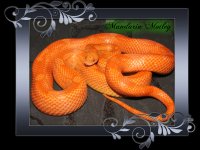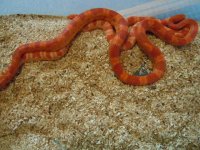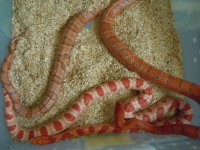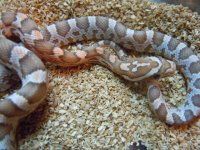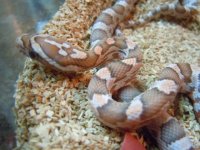multicorn
New member
well here are the pics of two of our mandarins.
First pic is of the male mandarin motley 2011 and his daughter
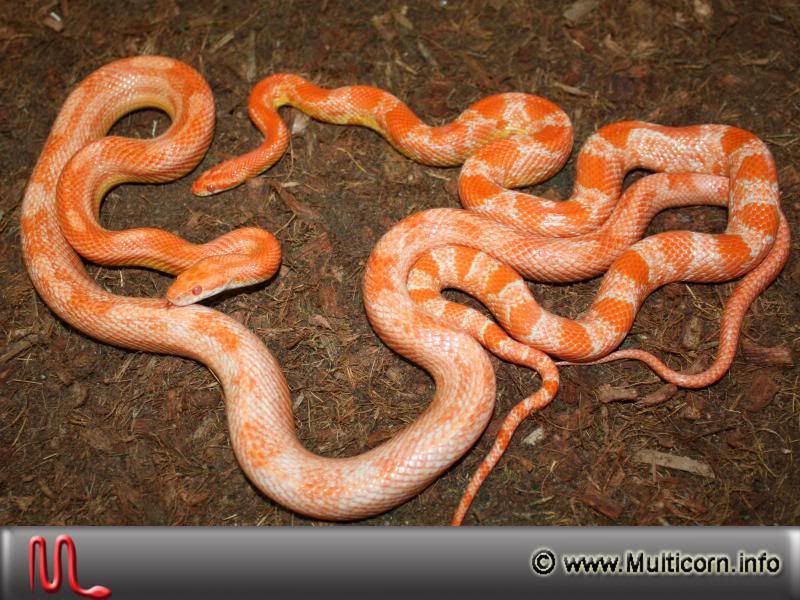
The next two pics are close ups of the white on the male motley (these were not on him as a hatchling and have appeared as he has matured (as does the white on sunrise)
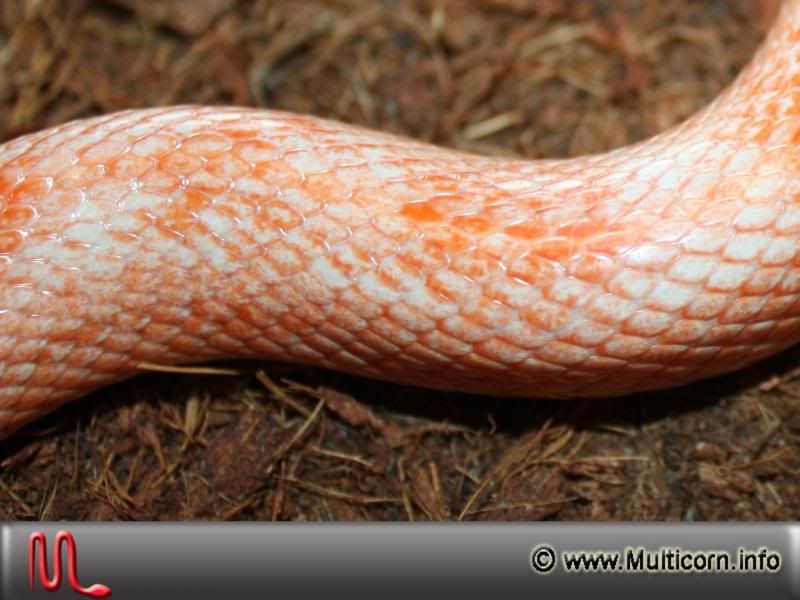
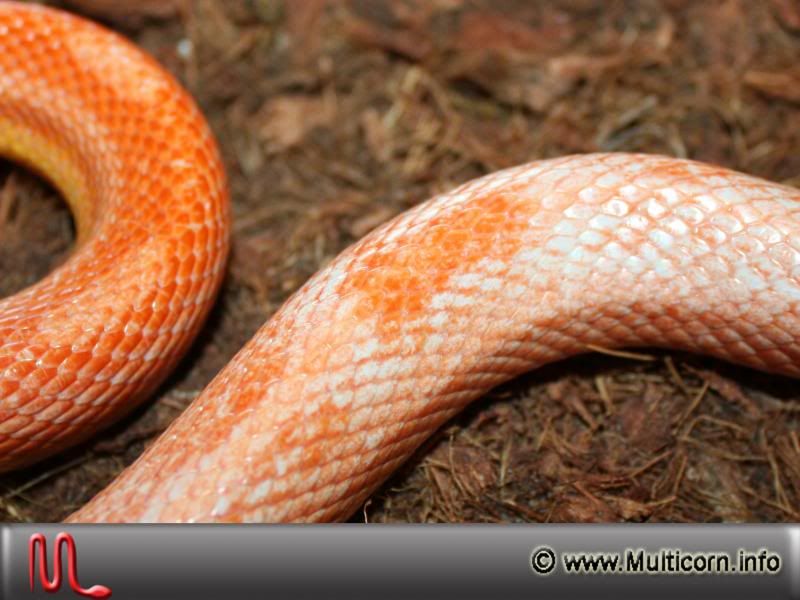
I do think one issue that could make this a little tricky is Sunrise has a varied amount of 'white expression' at maturity..
First pic is of the male mandarin motley 2011 and his daughter

The next two pics are close ups of the white on the male motley (these were not on him as a hatchling and have appeared as he has matured (as does the white on sunrise)


I do think one issue that could make this a little tricky is Sunrise has a varied amount of 'white expression' at maturity..

